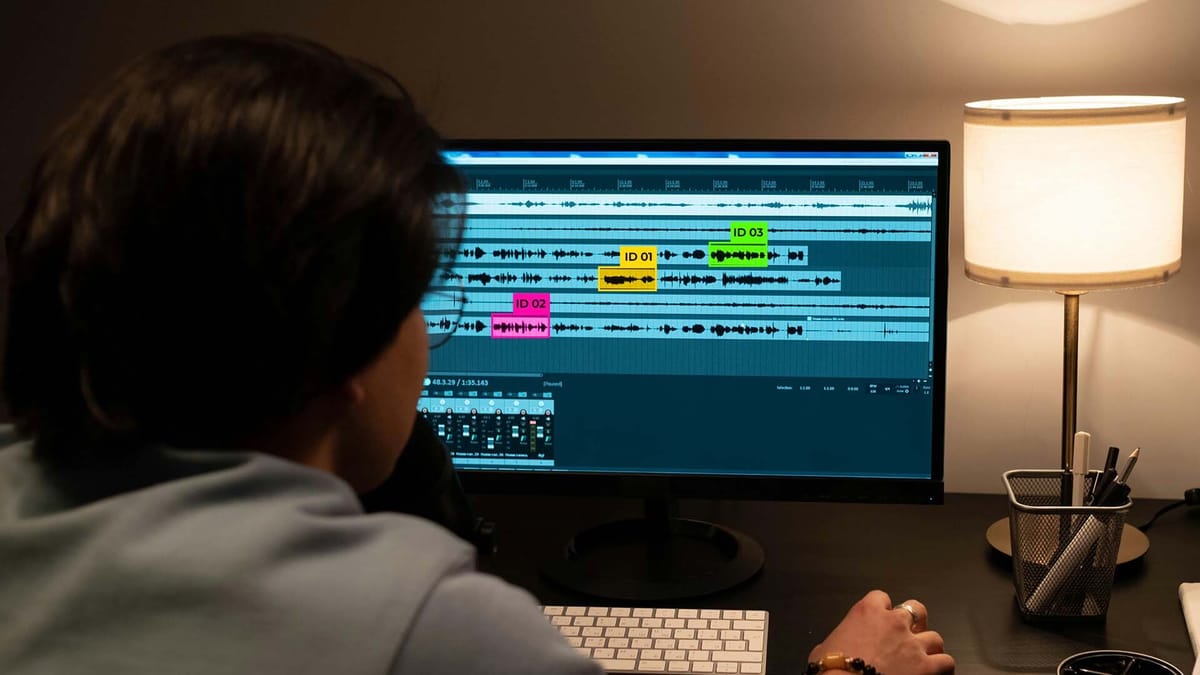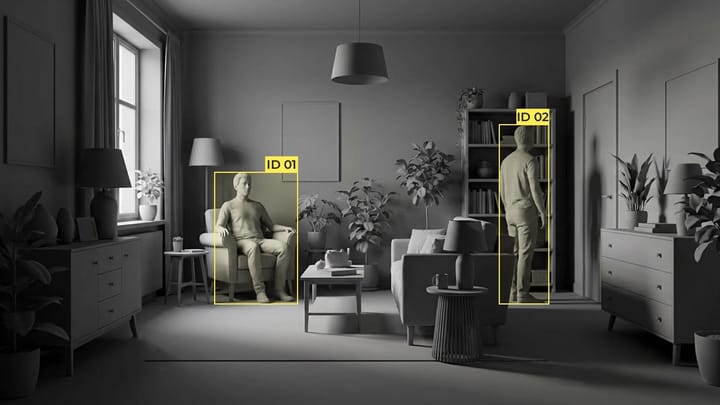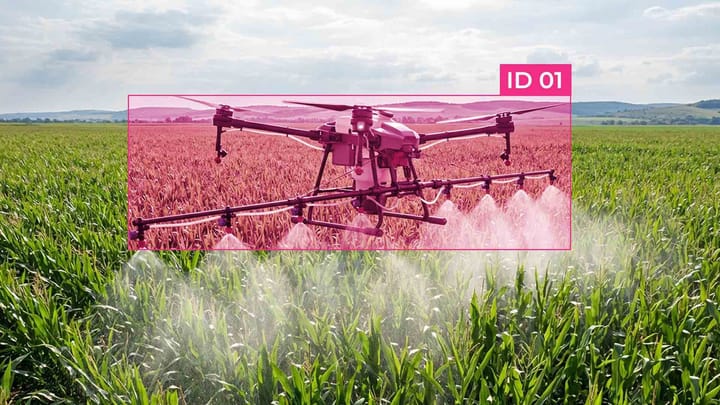Audio-visual synchronization for multimedia AI training

Modern multimedia AI models increasingly combine work with different types of data, including images, video, audio, and text. They are trained on large, multimodal datasets, where each piece of information reinforces the next. Such models learn not only to recognize individual objects or words, but also to understand the connections between them. For example, they can recognize lip movements in the process of lip reading, synchronize video with audio events through temporal alignment, or detect and classify sound signals using sound event detection.
Today, it is utilized in various fields, including automated dubbing and subtitle generation, as well as video analytics systems that aid in identifying patterns in streaming content. In the creative industries, models combine sound and image to create synchronized animations or musical accompaniment to videos, and in education, to generate interactive materials. In the fields of security and accessibility, technologies enable the development of tools that recognize emotions through voice and facial expressions, as well as create multimedia applications for people with hearing impairments.
Key takeaways
- Multimedia training requires simultaneous processing of sound and imagery.
- Industry leaders gain a competitive edge through precision-timed datasets.
- Human perceptual thresholds set technical benchmarks for AI systems.
- Next-generation frameworks address both natural and synthetic content needs.
The role of multimedia in AI training
Using images, video, and audio simultaneously allows systems to not only recognize individual objects or sounds, but also to learn complex dependencies between different sensory channels. For example, lip reading enables models to accurately determine what a character is saying even when the audio signal is partially muted. At the same time, sound event detection helps separate essential sounds from the background and categorize them accordingly.
Without proper synchronization, models will not be able to correctly learn the relationship between facial movements and sound events, which negatively affects performance in tasks such as subtitle generation, automatic dubbing, or multimodal analytics.
By integrating multimedia data, artificial intelligence becomes capable of performing complex tasks, including automatically creating video descriptions, generating content, and analyzing emotions and behavior.
Why precise synchronization matters
Even small temporal shifts can significantly degrade performance in tasks where models need to understand the relationship between sound and image. For example, in lip reading, improper alignment of lip movement and audio can cause the model to misinterpret words, reducing speech recognition accuracy.
Similarly, in sound event detection, accurate temporal alignment allows the model to correctly identify when a particular sound event occurs in a video, even if the background is filled with other noise. Without proper synchronization, the model can "attach" sound to the wrong frame, which negatively affects its ability to learn patterns and context.
Rhythm in multimedia content
Rhythm in multimedia content determines how audio and video interact over time, and it is critical for training multimedia AI models. Correctly reproduced rhythm is essential for lip reading, as the model must track the sequence of lip movements and the corresponding audio signals. Even small shifts in rhythm can distort the interpretation of speech, reducing recognition accuracy.
In sound event detection tasks, rhythm enables the model to identify recurring or key sound patterns amid background noise. Accurate temporal alignment between video and audio ensures that events are displayed in the correct sequence, which is especially important for videos with complex soundtracks, music, or rapid frame changes.
In addition to training models, the rhythm of multimedia also affects the user experience. Synchronized rhythm makes content more natural and understandable, improves the quality of automatic dubbing, subtitle generation, and interactive videos.
Mastering audio-visual synchronization techniques
- Dynamic Time Warping (DTW). This method is used to align sequences of different lengths or speeds. In lip-reading tasks, DTW helps synchronize lip movements and corresponding audio fragments, even if the speech rate varies. DTW is also effective for event alignment in sound event detection, where the duration of events can vary from one video to another.
- Cross-modal feature matching. This approach involves training a model to identify standard features in audio and video. For example, lip movement during the pronunciation of a particular sound forms a unique visual pattern that correlates with the audio fragment. Using this technique allows you to achieve high accuracy of temporal alignment without directly aligning all frames.
- Neural temporal alignment networks. Using neural networks specifically for synchronization enables the model to automatically determine the optimal audio-visual correspondences. Such networks are often used in automatic dubbing systems, subtitle generation, and complex multimedia analytical tasks.
- Audio-visual embedding alignment. Models learn to translate audio and video into a common multidimensional space (embedding space), where the proximity of objects means their synchrony. This technique is widely used to enhance results in lip reading, sound event detection, and other multimodal tasks where accurate signal alignment is crucial.
- Temporal attention mechanisms. Using attention mechanisms allows the model to focus on key moments in time when the audio and video are most informative. This is especially useful for data-rich content where events occur unevenly and precise temporal alignment is required for proper learning.
Avoiding common pitfalls and cognitive dissonance
One of the primary issues is the incorrect or inconsistent alignment of audio and video. If a model receives data with errors in time, cognitive dissonance occurs: the model "learns" from contradictory examples, which leads to erroneous predictions and instability of results.
Another common pitfall is over-reliance on noise-protected or idealized data. Models trained on content without background noise or with perfectly synchronized frames may show low accuracy in real-world conditions, where the rhythm of audio and video can vary.
To avoid these problems, it is important to use proven synchronization and data quality control methods. Temporal alignment should undergo multi-level validation, including automatic verification and manual assessment of key fragments. For lip reading, it is beneficial to combine multiple audio and video sources. For sound event detection, utilizing a variety of audio tracks with different background noise helps train the model to withstand real-world scenarios.
Summary
Multimedia AI models benefit greatly from integrating audio and video, as this allows them to recognize complex patterns and relationships between sensory channels. A key factor in successful training is accurate audio-visual synchronization, which ensures the correct perception of sound events and object movements over time. Essential components of this process include the rhythm of the content, effective signal alignment, and the use of modern synchronization techniques, such as neural networks, attention mechanisms, and shared feature spaces.
To achieve high model performance, it is essential to avoid common mistakes, such as inconsistent alignment or training on idealized data, which can lead to cognitive dissonance. A balanced approach to data preparation and synchrony testing allows for the creation of more reliable, accurate, and robust multimedia AI systems that can effectively operate in real-world scenarios.
FAQ
What is the role of multimedia in AI training?
Multimedia allows AI models to learn complex correlations between visual and audio signals. It enhances performance in tasks such as lip reading, sound event detection, and content description.
Why is audio-visual synchronization necessary for AI models?
Precise synchronization ensures that audio events align with visual cues in real-time. Without it, models can misinterpret speech or sounds, leading to reduced accuracy.
How does lip reading benefit from temporal alignment?
Temporal alignment enables the model to associate lip movements with their corresponding sounds accurately. This is crucial for accurate speech recognition, particularly in noisy or partially occluded video environments.
What is sound event detection, and why does it rely on synchronization?
Sound event detection identifies and classifies audio events within video. Accurate temporal alignment ensures each detected sound corresponds to the correct visual moment.
What challenges arise from poor synchronization in multimedia training?
Models can experience cognitive dissonance, learning from conflicting signals. This can reduce accuracy and generalization, especially for real-world applications.
Why is rhythm important in multimedia content for AI?
Rhythm helps models track sequences of events in time, supporting both lip reading and sound detection. Consistent rhythm improves the naturalness and reliability of AI predictions.
What is Dynamic Time Warping (DTW) used for?
DTW aligns sequences of different lengths or speeds, such as varying speech rates. It helps match audio and video frames even when timing is inconsistent.
How do neural temporal alignment networks work?
These networks learn to align audio and video streams automatically. They are often used in subtitle generation, dubbing, and complex multimedia analytics.
What are common pitfalls in multimedia AI training?
They include misaligned data, overreliance on idealized datasets, and inconsistent temporal patterns. These issues can produce models that fail under realistic conditions.
How do AI practitioners avoid cognitive dissonance in training?
By carefully validating temporal alignment, combining diverse data sources, and using multiple synchronization techniques. This ensures that models learn consistent and reliable relationships between audio and video.



Comments ()